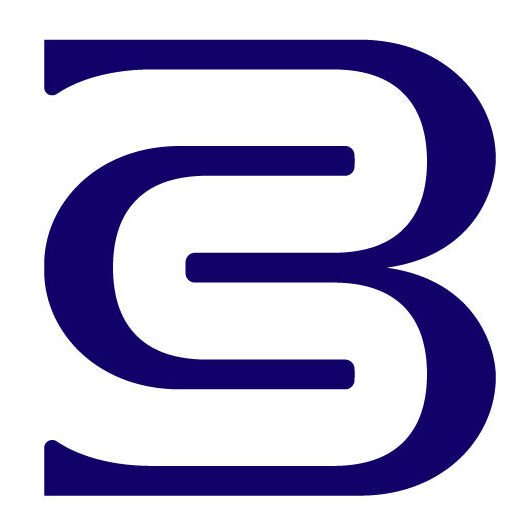An Office Action is basically when the examining attorney looks at your application and compares your proposed trademark to any other existing trademarks. This is to see if there are any conflicts in name, sound, connotation, appearance, etc. If there is a likelihood of confusion, this is called a 2d refusal. To overcome this, you will need to hire a trademark lawyer.
What is an office action in trademark law?
An office action is a notification from the United States Patent and Trademark Office (USPTO) that indicates that there are problems with your trademark application. The notice will list the specific issues that need to be addressed before your application can proceed.
An Office Action is an examining attorney looking at your trademark application, they’re going to run your name, logo slogan, whatever you’re trying to apply to protect through their database and through an outside database, where they’ll compare any other mark that exists that might conflict with this mark. The not only conflict in name, sound, connotation, and appearance, but also maybe have has, is in the same industry, same good same product, same services, that will give your application a 2d refusal, for the likelihood of confusion.
Should I be worried about getting an office action for my trademark?
While receiving an office action may seem like a setback, it is not necessarily indicative of problems with your trademark. Many trademarks receive office actions and still go on to be registered without issue.
If you receive an office action, it is important to consult with a trademark lawyer to understand the issues and determine how best to respond. Failure to respond to an office action can result in your application being abandoned.
What are the steps to getting your trademark registered?
The following steps will be taken during your trademark process:
- file your trademark with the USPTO
- respond to any office actions
- get published in the official gazette
- wait for objection period to expire
- get your trademark registration
What does it mean that my Office Action provided a 2d Refusal?
If you receive a 2d refusal for your office action, it means that the USPTO has found a potential conflict with another trademark. This is also known as a likelihood of confusion.
To overcome this objection, you will need to show that there is no likelihood of confusion between your mark and the other mark. This can be done by demonstrating that the marks are used in different industries, or that they have different meanings.
You may also be able to overcome a 2d refusal by showing that your mark is famous and therefore entitled to a higher level of protection. Fam can be demonstrated through extensive use and media coverage.
How to overcome an office action
If your business receives an office action on your trademark application, it is important to consult with a trademark lawyer to understand the issues and determine how best to respond. Failure to respond to an office action can result in your application being abandoned.
There are a few ways that you can overcome an office action, depending on the specific objection. For example, if you receive a 2d refusal for your office action, it means that the USPTO has found a potential conflict with another trademark. To overcome this objection, you will need to show that there is no likelihood of confusion between your mark and the other mark. This can be done by demonstrating that the marks are used in different industries, or that they have different meanings.
You may also be able to overcome a 2d refusal by showing that your mark is famous and therefore entitled to a higher level of protection. Fam can be demonstrated through extensive use and media coverage.
If you are faced with another type of office action, such as an objection to your mark because it is generic or descriptive, you can overcome this by showing that the mark has acquired distinctiveness through use. This means that the mark has become so associated with your brand that consumers would automatically think of your brand when they see the mark.
Generic and descriptive marks can sometimes be overcome by showing that the mark has acquired distinctiveness through use. This means that the mark has become so associated with your brand that consumers would automatically think of your brand when they see the mark.
If you receive an office action, it is important to consult with a trademark lawyer to understand the issues and determine how best to respond. Failure to respond to an office action can result in your application being abandoned. With the help of a trademark lawyer, you can overcome an office action and move one step closer to the registration of your trademark.
what happens after your trademark is published in the official gazette
After your trademark is published in the Official Gazette, it is open for opposition for 30 days. This means that anyone who believes they may be harmed by the registration of your trademark can file an opposition proceeding.
An opposition action is a legal proceeding that is filed with the TTAB (Trademark Trial and Appeals Board). The opponent must show that there is a valid reason why your trademark should not be registered. The most common grounds for opposition are that the trademark is confusingly similar to another mark or that it is generic or descriptive.
If an opposition is filed against your trademark, you will need to respond to the opposition. This can be done with the help of a trademark lawyer. If you do not respond, your trademark application will be abandoned.
A successful response to an opposition action will result in your trademark being registered. This gives you the exclusive right to use the trademark in connection with the goods and services listed in your application. You can use this right to stop others from using a confusingly similar mark.
Conclusion on office actions, opposition actions and registering your trademark
If you receive an office action from the USPTO, it means that they have found an issue with your trademark application. The first step is to consult with a trademark lawyer to see what options are available to you. One option may be to overcome the office action by providing more information or evidence to the USPTO. If you are successful in overcoming the office action, your trademark will be published in the Official Gazette. This is a publication of the USPTO that lists trademarks that are going to be registered. Once your trademark is published in the Official Gazette, anyone who opposes your registration has 30 days to file an opposition proceeding. Opposition proceedings can involve many different claims, so it is important to be prepared for this possibility.






